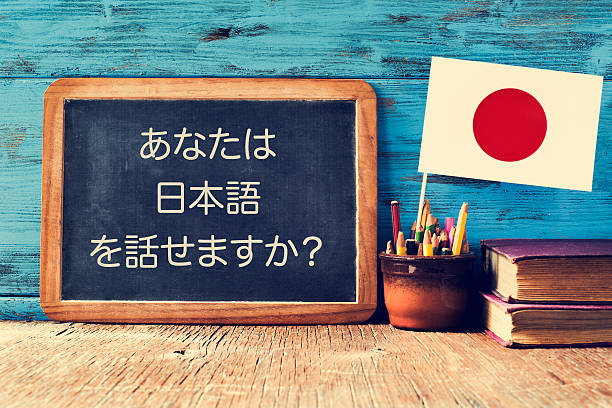Japanese Tutor

Crafting a Japanese Tutor: My 3-Week Journey into AI-Powered Language Learning
Introduction
Over the course of three intense weeks, I embarked on a transformative journey of designing a cutting-edge Japanese Tutor program powered by AI. Driven by a fervent desire to learn the Japanese language, I found myself inspired to create a virtual language companion that could bridge the gap between education and technology. In a world where access to personal language tutors isn’t always feasible, I set out to create a dynamic and interactive tool that could empower learners like myself.
Project Genesis
A Personal Quest for Language Proficiency
The seed for the Japanese Tutor project was sown by my personal aspiration to master the Japanese language. With a strong fascination for Japanese culture and a deep-rooted desire to communicate effectively, I recognized the need for an innovative solution that could provide guidance, feedback, and support throughout my language learning journey.
Necessity, the Mother of Invention
The challenge of finding a personal language tutor who could cater to my schedule and pace of learning led me to explore the possibilities offered by technology. This realization spurred the inception of the Japanese Tutor project—an endeavor aimed at creating an AI-powered platform that could simulate the guidance of a skilled language tutor.
Core Features and Aspirations
Empowering Learning with AI
At the heart of the Japanese Tutor program lies the utilization of AI algorithms to create a personalized learning experience. The program’s AI engine adapts to individual learning patterns, identifying strengths and areas for improvement. This dynamic approach ensures that learners receive tailored lessons, quizzes, and exercises that cater to their unique learning curve.
Incorporating the Ebisu Algorithm for Learning Retention
A pivotal aspect of the Japanese Tutor program is the integration of the Ebisu algorithm for optimizing learning retention. This algorithm, renowned for its effectiveness in predicting memory decay and optimizing revision intervals, ensures that learners revisit concepts at strategic intervals, thereby enhancing long-term retention and mastery.
Bridging Communication with AI-Powered Voice Synthesis
One of the program’s standout features is its integrated Japanese voice synthesizer powered by the OpenJTalk AI technology. This advanced AI-driven voice synthesis not only provides accurate pronunciations but also enables learners to practice listening and speaking skills. By transforming text into spoken language and vice versa, the Japanese Tutor project bridges the gap between written and oral communication.
Check out the synthesized audio.
Japanese
English
A Glimpse into the Future
While the initial prototype of the Japanese Tutor program has been developed within a span of three weeks, my journey with this project is far from over. Looking ahead, I envision expanding the program’s capabilities to include an API that would facilitate access across multiple platforms. Furthermore, I plan to integrate a Kanji handwriting analyzer—an innovation that would provide real-time feedback on learners’ handwriting, ensuring the accuracy of their written communication.
Learning through Development
A Summer Break of Discovery
The intensive three-week period dedicated to developing the Japanese Tutor program was a true revelation. Through the process of coding, integrating AI algorithms, and fine-tuning features, I not only honed my technical skills but also gained a deeper understanding of AI’s potential in education.
The Intersection of Linguistics and Technology
The project’s multifaceted nature exposed me to the intricate interplay between linguistics and technology. As I fine-tuned the voice synthesizer to accurately reproduce Japanese sounds and intonations, I found myself diving into the nuances of phonetics and linguistics—an unexpected yet enriching dimension of the project.
Conclusion
In just three weeks, the Japanese Tutor project has transformed from an ambitious idea into a tangible prototype. As I continue to refine and expand this language learning platform, I am inspired by the potential it holds to revolutionize the way individuals learn languages. The combination of AI algorithms, AI-powered voice synthesis, and future plans for multiplatform accessibility makes the Japanese Tutor a testament to the boundless possibilities that technology offers to education.
Currently, access to the source code is restricted to collaborators only. If you have a keen interest in contributing to the development of this project and believe you can add value, please do not hesitate to get in touch with me. I am always open to exploring potential collaborations with my peer who share a common vision.